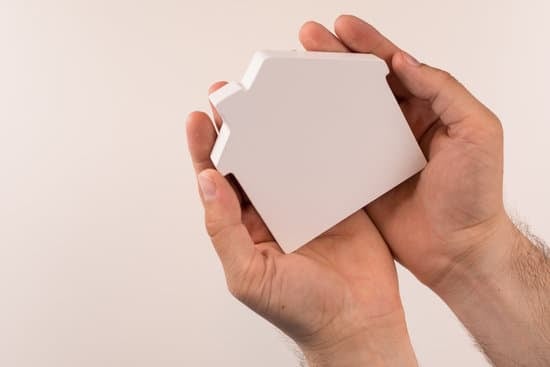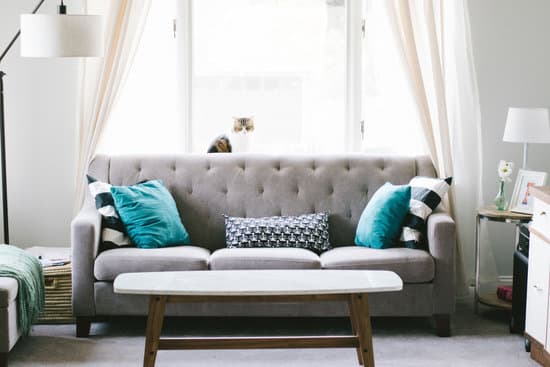When it comes to design, millennials tend to have a unique taste that sets them apart from their parents and grandparents. They have a preference for natural themes, which include rough surfaces, and tend to draw inspiration from the beauty of nature. In terms of the color scheme, millennials opt for earthy and muted tones, preferring these over loud and flashy colors.
Here are some design elements that millennials typically prefer:
Minimalism: Millennials avoid clutter and enjoy spaces that are not overly decorated. As such, they tend to steer clear of many decorative accessories that were popular in the past.
Natural materials: As noted earlier, natural design is on-trend with millennials. They prefer furniture made from materials like wood, stone, and slate. Bonus points go to pieces that are sustainably sourced.
Technology integration: As the most tech-savvy generation, millennials want to incorporate technology into their living spaces. This includes not just televisions, but also smart home devices like speakers and thermostats.
Flexibility: Many millennials are not committed to one location or space, and thus they prefer furniture that is versatile and easy to move around. Multi-functional items, like a coffee table that converts into a desk, are desirable to this generation.
The days of extravagant living rooms and formal dining spaces are over, replaced instead with the desire for cozy, functional living spaces. By embracing natural elements, minimalism, and adaptable design, millennials are making their mark on the world of interior design.

















